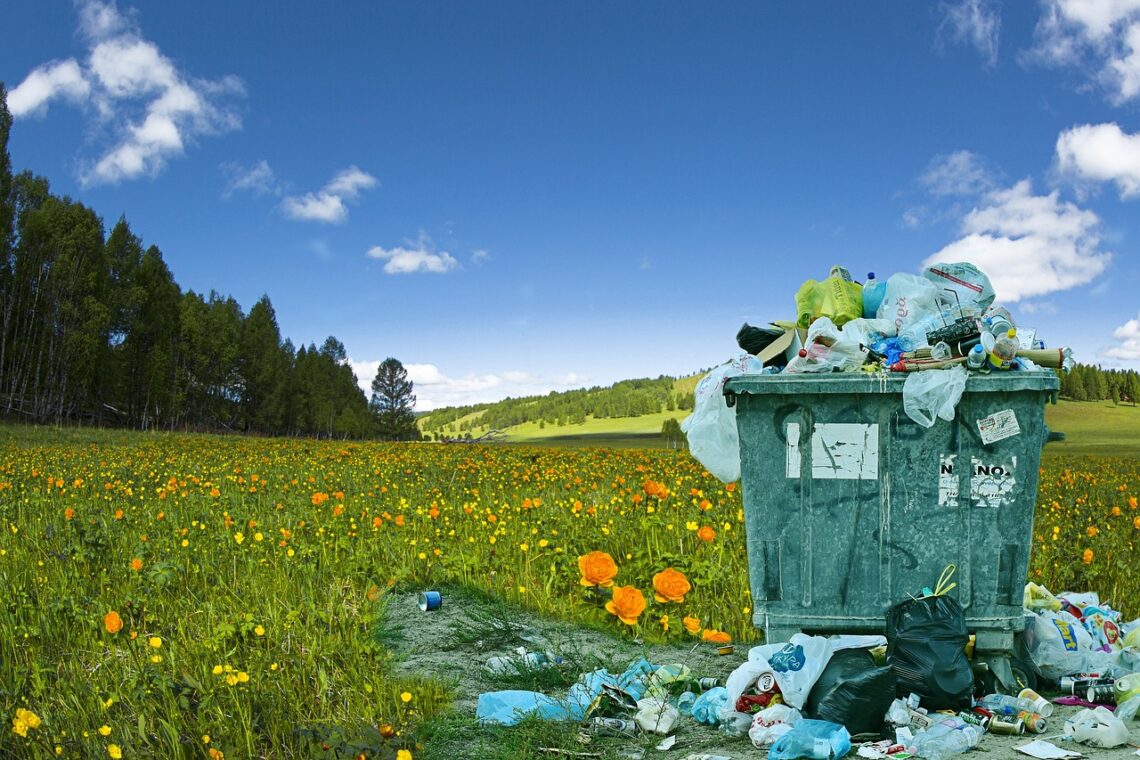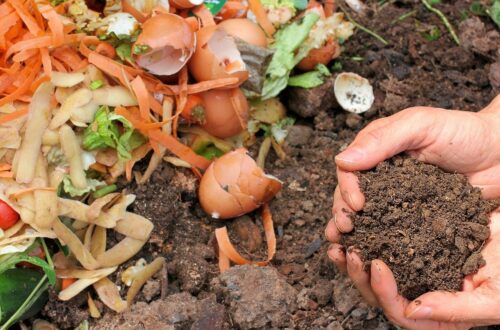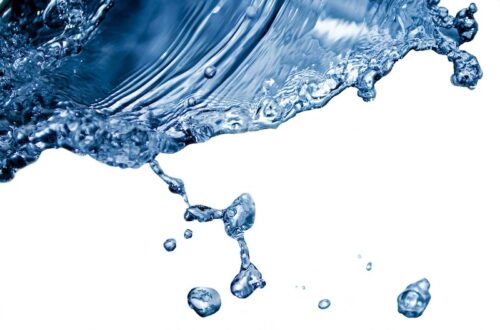Single-use plastics can best be described as our plastic problem. Plastic bottles, straws, or bags that are designed to be used only one time and then disposed of are plaguing our environment. A small percentage of plastic is recycled, with the rest ending up in landfills in a best-case scenario. In a worst-case scenario, these plastic items are littering our streets and lands or filling up our water from lakes to oceans.
Unfortunately, plastics accumulate rapidly within our environment and do so much faster than they can decompose. Plastic can remain in our environment for centuries as plastic’s durability makes it impossible for Mother Nature to break it down completely.
Worse yet, often plastic items break down into microplastic bits or beads only to pollute even more arriving on the depths of the ocean floor, all the way to the peaks of mountains. Captain Charlie Moore discovered the ‘Great Pacific Garbage Patch’ in 1997. It was a massive collection of plastic floating in the Pacific Ocean. This floating plastic island became a wake-up call for people to employ reusable materials rather than single-use disposable plastics.
‘Single-use’ says it all: these products are meant to be used once and thrown out. Single-use plastic items prioritize convenience as opposed to durability and reuse. The United Nations Environment Program estimates we produce 400 million tons of plastic waste annually and where it ends up should keep us awake at night.
The Plastic Crisis
Plastic pollutes in some of the most unimaginable ways. It has been found in tap water, bottled water, a vast selection of seafood, honey, beer, salt, and worse yet, in the human body. It is everywhere, and with every daily action we take, microplastics continue to enter our environment. Whether through erosion, friction, or degradation, plastic becomes smaller in size and invades every corner and crack of our living space.
There are several reasons behind the plastic invasion. Most of the plastics we use daily are created using fossil fuel feedstocks. As society has moved toward the use of renewable energy and more efficient energy consumption, the fossil fuel sector has moved to increase its investments in the production of plastics to diversify economic interests.
Ethylene cracker plants are increasingly proposed within the U.S. These plants heat a waste product known as ‘ethane’ resulting from fracking. This is a principal ingredient when producing plastic packaging for single-use purposes. The diversification of fossil fuel economic interests indicates that the problem isn’t going away any time soon.
The Single-Use Plastic Threat
Single-use plastics are designed to be disposable packaging. They are to be used once and then tossed, unlike reusable plastic containers. The disposal of this packaging is not the only threat to our environment. The production of single-use plastics also requires natural resources and energy. and water, all for a brief limited use.
Another consideration is the success of recycling. While many eco-friendly water brands or food containers may come with a recyclable symbol, recycling plastic can be very expensive, so often, it will be discarded. Single-use plastic cups, straws, and lids can end up in a landfill or as litter. Cleaning the streets of garbage is expensive as well. When these items are mishandled, they end up polluting the land and waterways, harming, and killing wildlife, and destroying ecosystems.
Single-use plastic items do not biodegrade. They break down into smaller particles. These plastic particles are ingested, inhaled, and touched daily. Some chemicals used in plastics are toxic and from the extraction of materials to the production and use of plastics toxicity is present. Extracting and refining fossil fuels for plastic production releases carcinogenic chemicals. Disposing of plastic through chemical recycling, incineration, or filling the land likewise releases these toxic chemicals into the air, water, and soil. When single-use plastics are incinerated, they contribute to an increase in greenhouse gas emissions.
As plastics become reduced in size, microplastic elements enter the food chain as mammals and sea life ingest them, further releasing toxins that eventually humans will be exposed to or will ingest. Potable water is being contaminated, and marine resources that many depend on for survival are being endangered.
A Wake-Up Call to Action
Aside from government regulation, which is necessary, less reliance on plastics will reduce the hundreds of millions of tons of plastic waste that we are accumulating and introducing into our environment. The reduction of plastic use is the most efficient method of reducing waste with all the negative results of its use.
An increase in plastic recycling will also reduce the plastic footprint, but currently, an overwhelming 91% of plastic is not recycled. Should we ban single-use plastics? Probably, even if this alone will not cure our addiction to plastic but it may force industries to innovate finding solutions in sustainable materials.
As consumers, we can choose to carry reusable bags, avoid plastic wraps, opt for reusable water bottles, buy in bulk to reduce packaging, and cook more at home to avoid carry-outs in single-use plastic containers. Finally, we can support companies that use recyclable, renewable, compostable, or durable packaging avoiding plastic in general and single-use plastic always.

Chanchal is a freelance blogger. Her interests are in sustainability, wellness, and the environment. She has grown up around nature and wants to use her knowledge to encourage and inspire others to adopt healthy lives.






